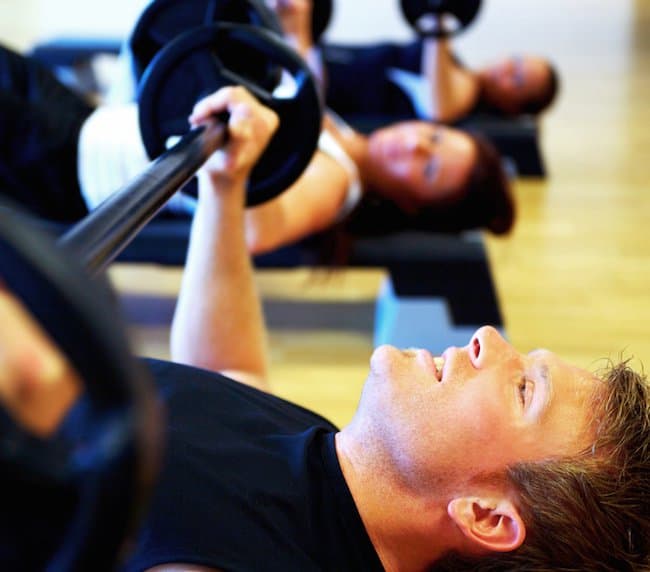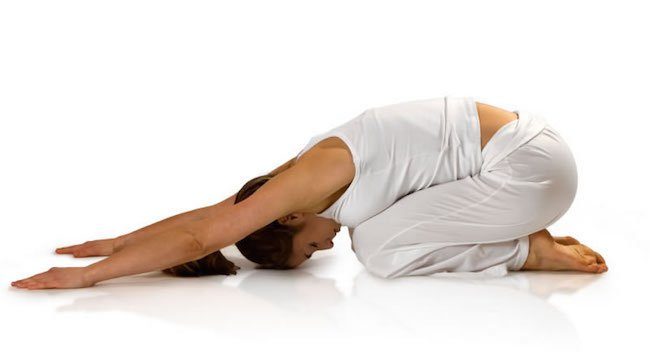
People lift weights for many different reasons. Some people just want to be healthy and look toned. Others, especially men, want to look buff. So, how much weight should you be lifting in order to get the results that you are looking for? The amount of weight you lift depends on what your goals are.
When lifting weights, it is not only important to make sure that you are lifting the right amount of weight to get the results that you are looking for, but also to make sure that you aren’t lifting too much to avoid getting injured.
Too much stress on the body can lead to exhaustion, which can cause stress fractures, muscle strains, joint pain or emotional fatigue. So, obviously, if you want to get good results and avoid injuring your body, you need to choose the amount of weight you lift wisely.
One rep max
The amount of weight that you should be lifting is usually a percentage based on your one rep max. You can find your one rep max by finding out, for whatever exercise you are doing, what the maximum amount of weight you can lift and only do one rep for.
For example, if you are doing biceps curls, try to see how much you can lift and only do one rep without straining. If you can lift 50 pounds one time, but it is too difficult to do a second rep while still in proper form or without straining, then 50 pounds is your one rep max for that exercise. Keep in mind, each exercise will have a different one rep max because some muscles are stronger than others, and are able to lift more than others, and some are weaker. See also: How long should a workout last
Beginners
When you are just starting out, you may not be able to lift as much as you would like to, and will have to build up to it. In the beginning, your body will focus on increasing stability, increasing muscular endurance, increasing muscular efficiency of the core musculature, and improving inter-muscular and intramuscular coordination.
In order to reach these goals, NASM recommends lifting at 60-70% of your one rep max. For example, if 50 pounds is your one rep max for biceps curls, 30-35 pounds is the amount you should lift in this phase. It is also recommended to do 1-3 sets of 12-20 reps of each exercise.
Strength endurance
After you have been working out for a while, you will be able to focus on increasing your strength, and possibly even your muscle size. Your body will be able to lift a greater amount for a longer period of time.
In this phase, NASM recommends to start out at 70% of your one rep max, and gradually increase to 75% of your one rep max if your goal is body fat reduction or general fitness. (35-37 pounds using the biceps curl example).
The recommendation is to do 2 sets of 10-12 reps. If your goal is increased lean body mass or general performance, NASM recommends starting out at 70% of your one rep max and increasing to 80%. (35-40 pounds using the biceps curl example) NASM also recommends starting with 2 sets and gradually increasing to 4 sets of 8-12 reps.
Hypertrophy
If your goal is to increase your muscle size, hypertrophy, the number of sets is obviously going to increase. Hypertrophy focuses on muscle growth, which uses higher volumes with minimal rest. In this phase, NASM recommends lifting 75-85% of your one rep max. (37-42 pounds using the biceps curl example) They also recommend doing 3-5 sets of 6-12 reps.
Maximal strength
Following the hypertrophy phase, if you still want to increase the amount that you are lifting, this phase will help your body be able to produce a maximal force. In this phase, NASM recommends starting out at 85% of your one rep max and increasing to 93% of your one rep max. (42-46 pounds using the biceps curl example) They recommend doing 4-6 sets of 3-5 reps.
Each of the phases lasts about 4 weeks, and the number of sets should be gradually increased each week. As the number of sets increase, the number of reps should decrease. It is also important to start at the beginning in order to properly condition your body.
Although you may want results right away, you need to start out in the first phase so your muscles are able to adapt before you start lifting a greater amount. This will protect your body from potential injury. Of course, when exercising, if you need any additional help or have any questions whether you are lifting the correct amount or if you are doing an exercise properly, it is recommended to seek the advice of a fitness professional. The last thing that you want to do is hurt yourself.










